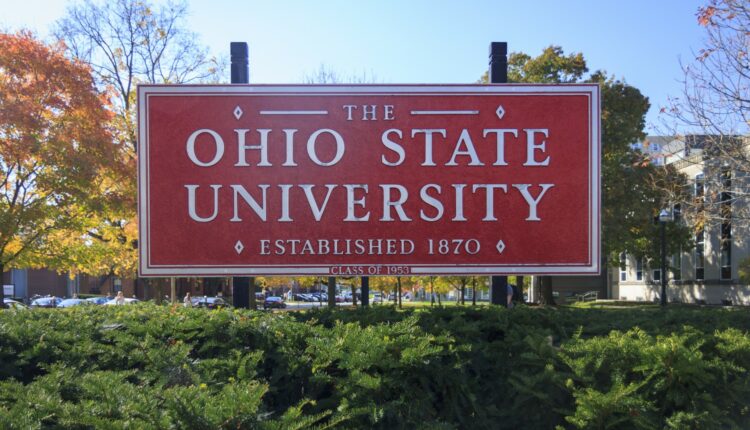Ohio State University: ‘Sense of duty’ pushes MacArthur Foundation grant recipients
Earlier this month, two faculty members from The Ohio State University won a $500,000 grant from the MacArthur Foundation’s Safety and Justice Challenge, which invests in efforts to increase criminal justice reform at the local level.
Beverly Vandiver, interim executive director of the Kirwan Institute for the Study of Race and Ethnicity and professor in the Department of Human Sciences (College of Education & Human Ecology), and Camille R. Quinn, assistant professor in the College of Social Work, will lead the Kirwan Institute’s project. Their work will use the institute’s evidence-based examination practices to illuminate the role of implicit bias in criminal justice. Joining Vandiver and Quinn are Kyle Strickland and Kip Holley, also from the Kirwan Institute.
“We were one of the first places in the country to even start writing about implicit bias work,” said Vandiver. “Ohio State, by creating the Kirwan Institute and situating an institute on race and ethnicity, have done themselves a tremendous favor.”
“Working with the MacArthur Foundation is a privilege,” Quinn said, “as is engaging with other organizations that are looking at the same structural issues.” She is eager to collaborate “with organizations that are hitting the ground and engaging directly with populations around these issues,” she said, adding, “We want to assist in ways that are useful to them.”
The role of implicit, or unconscious, bias in the criminal justice system cannot be overstated, both educators agree.
“It fits in almost any context,” Vandiver said. “It is part of the mindset of the people who are running the judicial system.”
These biases have led to a significant overrepresentation of Black people throughout the criminal justice system but especially in jails and prisons. According to the Safety and Justice Challenge, “while Black and Latinx people make up 30% of the U.S. population, they account for 51% of the jail population.”
The impact of this time behind bars has costs beyond the immediately obvious. The jailed person’s family and community often suffer financial, physical and emotional tolls as well. The Safety and Justice Challenge looks to find solutions to the increasingly large number of incarcerated people in the United States and to the ramifications this has throughout communities.
“There tend to be people who support prevention or intervention,” Quinn said, when it comes to keeping people out of prison. “I see the value in both.”
Quinn also sees the value in working with someone like Vandiver. Both women have practitioner backgrounds, which they believe is a benefit when working with Kirwan’s data-based approach.
“Hopefully [our work] will yield relief of burden at some point,” Quinn said. “That’s the way we think about research: There has to be some utility, something that people can walk away with and apply immediately.”
This utility is important not just for the organizations involved in the grant but for the Columbus community as well, Quinn said.
“For Kirwan as an institution and also for Ohio State as a land-grant institution, part of our obligation and our duty is to ensure that the community we serve benefits from this work,” Quinn said.
While the task ahead is a daunting one, Vandiver and Quinn see Ohio as occupying a better position than other states.
“At this stage,” Quinn said, “where reform measures are direly needed, to be in a state that is open to reform efforts that others are not even considering, we are ahead of the curve.”

